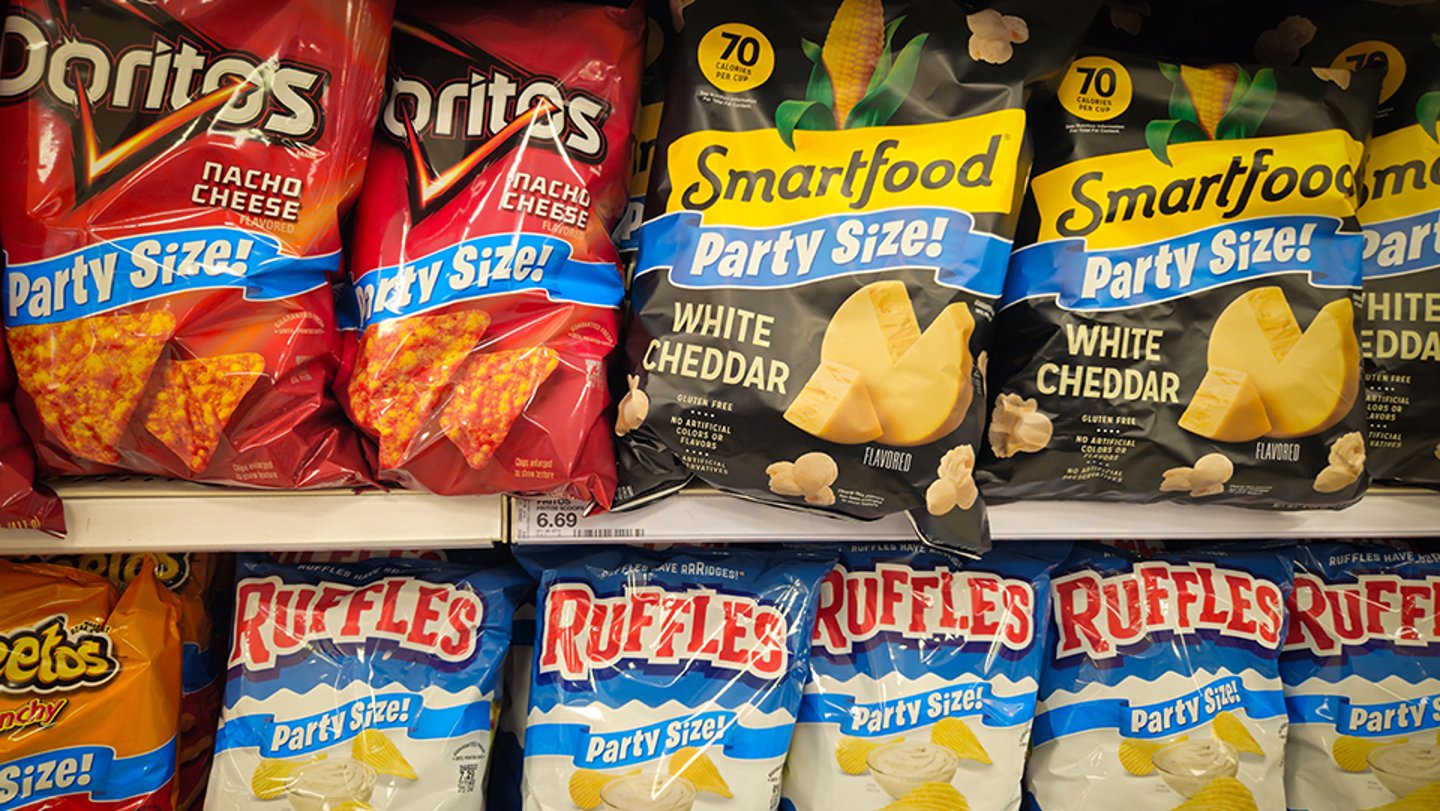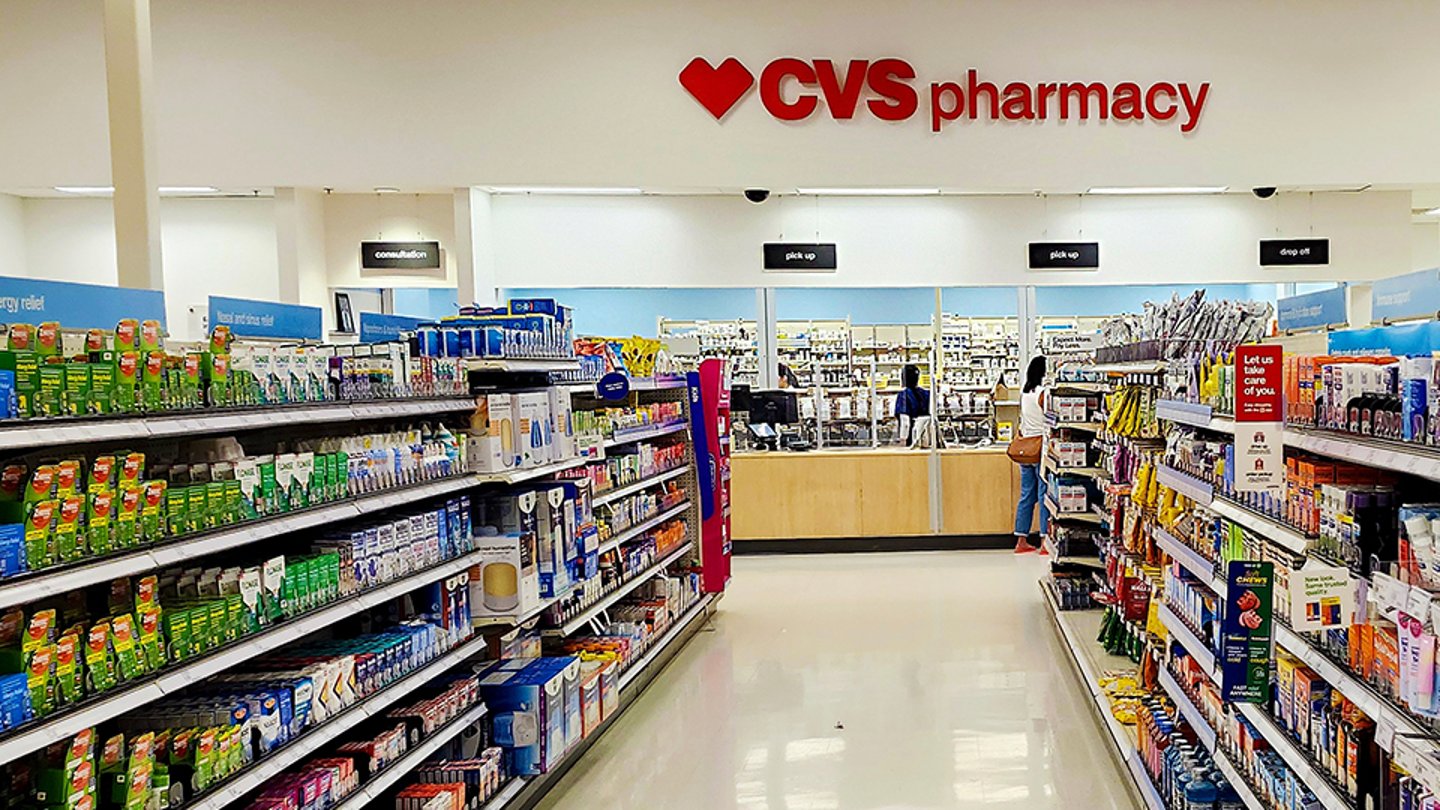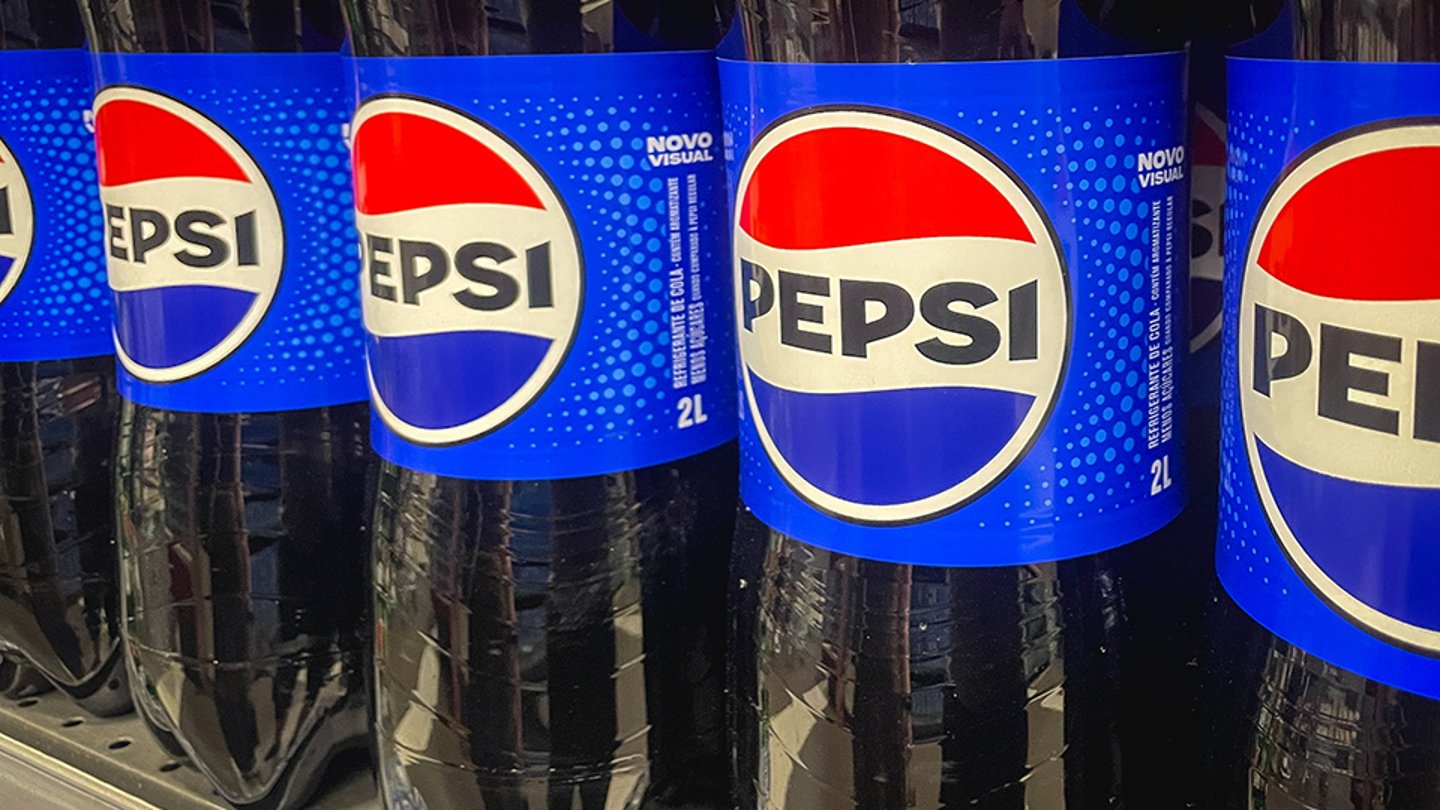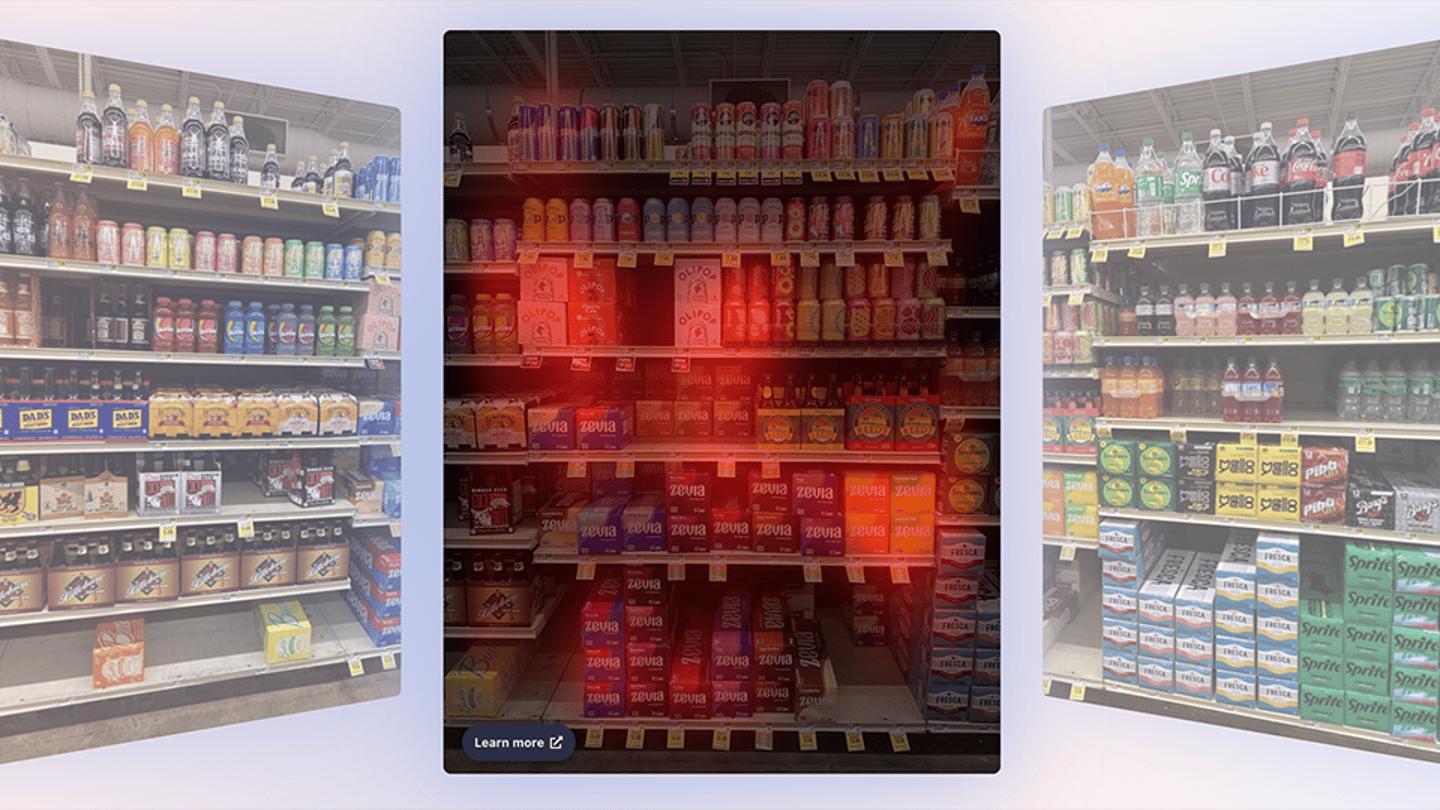Connecting Category Management To Shopper Experience
Shifting consumer behaviors, emerging product categories and an unstable economy are creating a host of new challenges for retailers and CPGs trying to answer the age-old question of how to stock the right products at the right price.
At the same time, there are opportunities to boost sales, customer satisfaction and loyalty by rethinking category management, using the latest technology to develop data-driven shopper-first strategies.
“Trends move faster and with more ferocity in our social media age,” said Storesight CEO Ty Kasperbauer. "Category management typically allows for two resets per year, but trends don’t wait for these formal resets. How many retailers were slower than they’d wish on things like non-alcoholic mocktails/beverages, adaptogenic mushroom based products, and probiotic sodas?”
Related: Learn about the strategies that can drive collaborative category management
While consumer preferences change rapidly, full category resets are extremely expensive and labor intensive. Those costs are especially high for national retailers, who continue to rely on annual category reviews rather than giving stores autonomy to experiment with local and emerging brands.
“We’re in this fascinating time where we’ve never had more access to data that could tell us how to change the set from quarter to quarter, from month to month, and yet the processes for changing the sets are still the same,” said PDG Insights CEO Diana Sheehan. “This is where large national players are at a disadvantage. They are not as dynamic as they could be, where independent retailers and regional players have the ability to make changes in a more intentional way.”
Connecting Shelf and Strategy
Retailers will be better able to meet shopper needs if they break down silos and take advantage of store-level insights.
“Execution teams are the frontline storytellers of shopper behavior,” said Heather Campain, vice president, growth strategy, at Epsilon. “When their insights feed back into planning, the organization moves from reactive to responsive, closing the loop between shelf and strategy.”
While larger retailers may have more silos, they also may have access to huge troves of information to identify trends that can be capitalized on nationally or at the local level. This can be done through promotions or product assortments designed to meet a community’s needs.
For example, shopper data is making assortment and merchandising far more precise and customer-led than before, said CVS Media Exchange head of marketing Kristen DiCorleto.
“Instead of relying solely on broad category forecasts, retailers can now use loyalty insights, first-party front-store data, and retail media reporting to understand what products resonate with specific customers in specific locations," said DiCorleto.
Having category, brand and store teams work together from the beginning of a marketing campaign removes inefficiencies from duplicate spending and makes it easier to share KPIs. CMX combines in-store activations, offsite media and seasonal promotions for campaigns integrating existing shopper data that can gather new learnings to shape the next round of planning.
Closed-loop CMX campaigns enable them to see how ads perform, as well as how they can drive incremental sales, attract new-to-brand buyers, or generate excitement around emerging categories, according to DiCorleto.
“Those insights feed directly into merchandising decisions, helping inform which products deserve more shelf space, which categories are ready for expansion, and how to design in-store activations that reflect real shopper behaviors," she noted.
Being able to track loyalty, POS, retail media and real-time in-store data across the path to purchase makes it easier to plan product assortment while also enabling digital discovery that will drive trips.
“The future of category management is shared,” stressed Campain. “When retailers and brands plan off the same people-based data and AI models, you align shelf, screen and shopper. Collaboration isn’t just a nice-to-have; it’s how everyone wins.”
Retail Experiences for Real Shoppers
Traditional planograms were designed for a time when trips tended to follow predictable patterns, but stores need to adapt to changing behaviors. In-store retail execution data, as well as data from loyalty programs and retail media, can be used to help retailers design their stores and selection based on what is bringing shoppers in when, moving beyond linear shelf sets to add dedicated grab-and-go zones, occasion-specific displays and cross-category solutions.
“A format serving grab-and-go trips needs different merchandising than a format catering to weekend stock-ups,” said Kate Garner, PepsiCo senior vice president of insights and intelligence.
PepsiCo has worked with its partners to fuel growth by maintaining core category efficiency while creating space for innovation, seasonal relevance and local preferences.
"It's about being efficient where it matters and flexible where it drives differentiation," said Garner.
Rising cost and economic uncertainty has driven shoppers to make more trips to chase promotions, but shoppers will also pick which retailers to visit based on their product selection.
“Because of the diversity of choices in channel that consumers have, they’ve never had more power in that retailer-brand-consumer dynamic, so retailers have started to figure out really quickly that consumers are demanding more,” PDG Insights' Sheehan said. “Retailers are thinking outside the box in how they approach assortment, and localized, unique and exclusive products are a key aspect of that.”
Companies need to break down the silos between e-commerce and brick-and-mortar teams to combine insights gathered from apps, social media and in-store purchases to create a cohesive shopping experience and maximize the effectiveness of each touchpoint. That is especially important for connecting with Gen Z shoppers, who are digital natives but still love in-store experiences.
“They use technology to enhance physical shopping, not replace it,” Garner said. “That might mean checking inventory on their phone before visiting a store, or comparing options online while standing in the aisle. Category management needs to account for these ‘phygital’ behaviors — ensuring that online assortments reflect in-store availability, that search complements physical layouts, and that promotions work seamlessly across channels.”
Retail Experiences for Real Shoppers
Traditional planograms were designed for a time when trips tended to follow predictable patterns, but stores need to adapt to changing behaviors. In-store retail execution data, as well as data from loyalty programs and retail media, can be used to help retailers design their stores and selection based on what is bringing shoppers in when, moving beyond linear shelf sets to add dedicated grab-and-go zones, occasion-specific displays and cross-category solutions.
“A format serving grab-and-go trips needs different merchandising than a format catering to weekend stock-ups,” said Kate Garner, PepsiCo senior vice president of insights and intelligence.
PepsiCo has worked with its partners to fuel growth by maintaining core category efficiency while creating space for innovation, seasonal relevance and local preferences.
"It's about being efficient where it matters and flexible where it drives differentiation," said Garner.
Rising cost and economic uncertainty has driven shoppers to make more trips to chase promotions, but shoppers will also pick which retailers to visit based on their product selection.
“Because of the diversity of choices in channel that consumers have, they’ve never had more power in that retailer-brand-consumer dynamic, so retailers have started to figure out really quickly that consumers are demanding more,” PDG Insights' Sheehan said. “Retailers are thinking outside the box in how they approach assortment, and localized, unique and exclusive products are a key aspect of that.”
Companies need to break down the silos between e-commerce and brick-and-mortar teams to combine insights gathered from apps, social media and in-store purchases to create a cohesive shopping experience and maximize the effectiveness of each touchpoint. That is especially important for connecting with Gen Z shoppers, who are digital natives but still love in-store experiences.
“They use technology to enhance physical shopping, not replace it,” Garner said. “That might mean checking inventory on their phone before visiting a store, or comparing options online while standing in the aisle. Category management needs to account for these ‘phygital’ behaviors — ensuring that online assortments reflect in-store availability, that search complements physical layouts, and that promotions work seamlessly across channels.”
This story was originally published on P2PI, a CGT sister publication.





